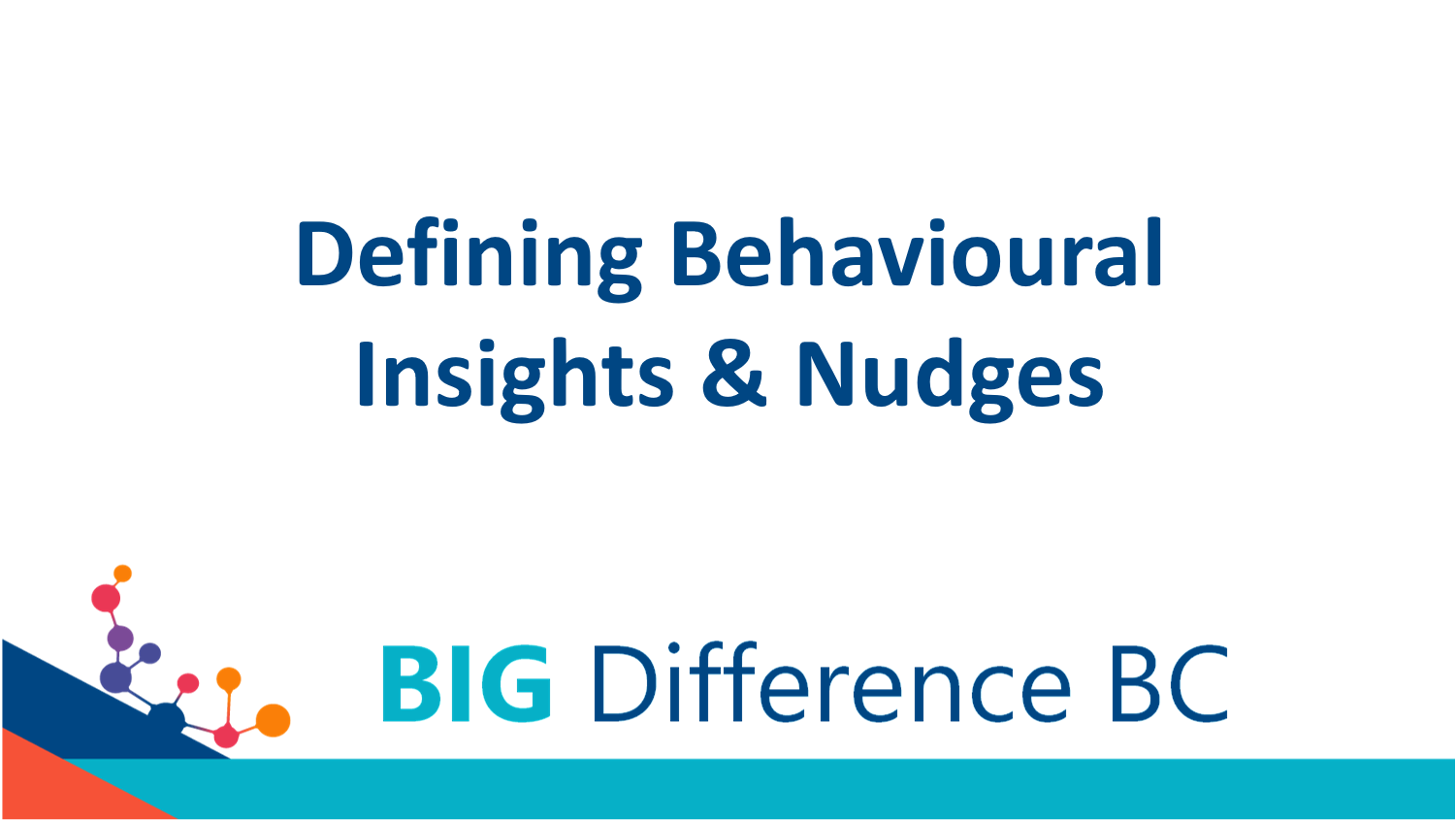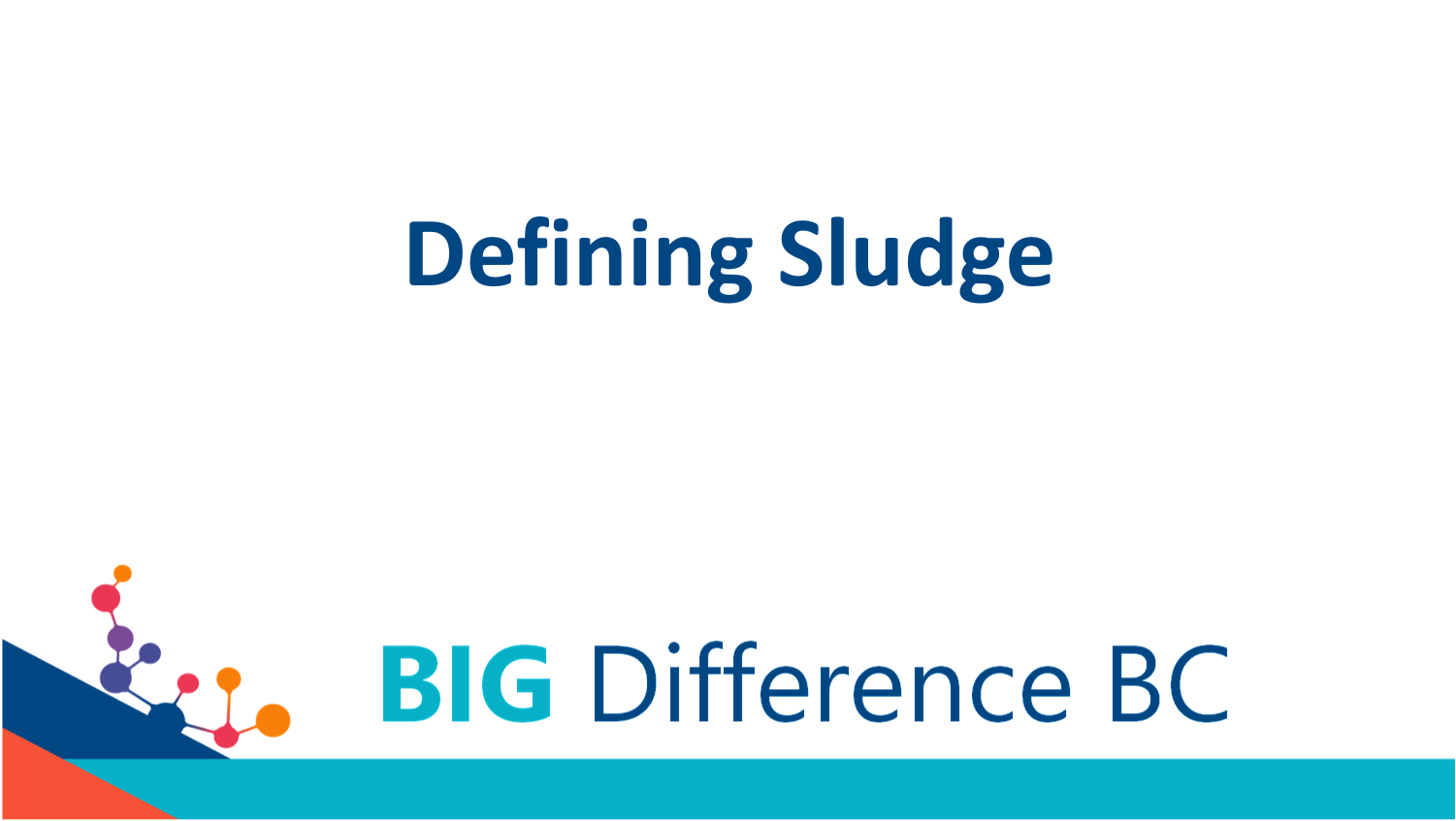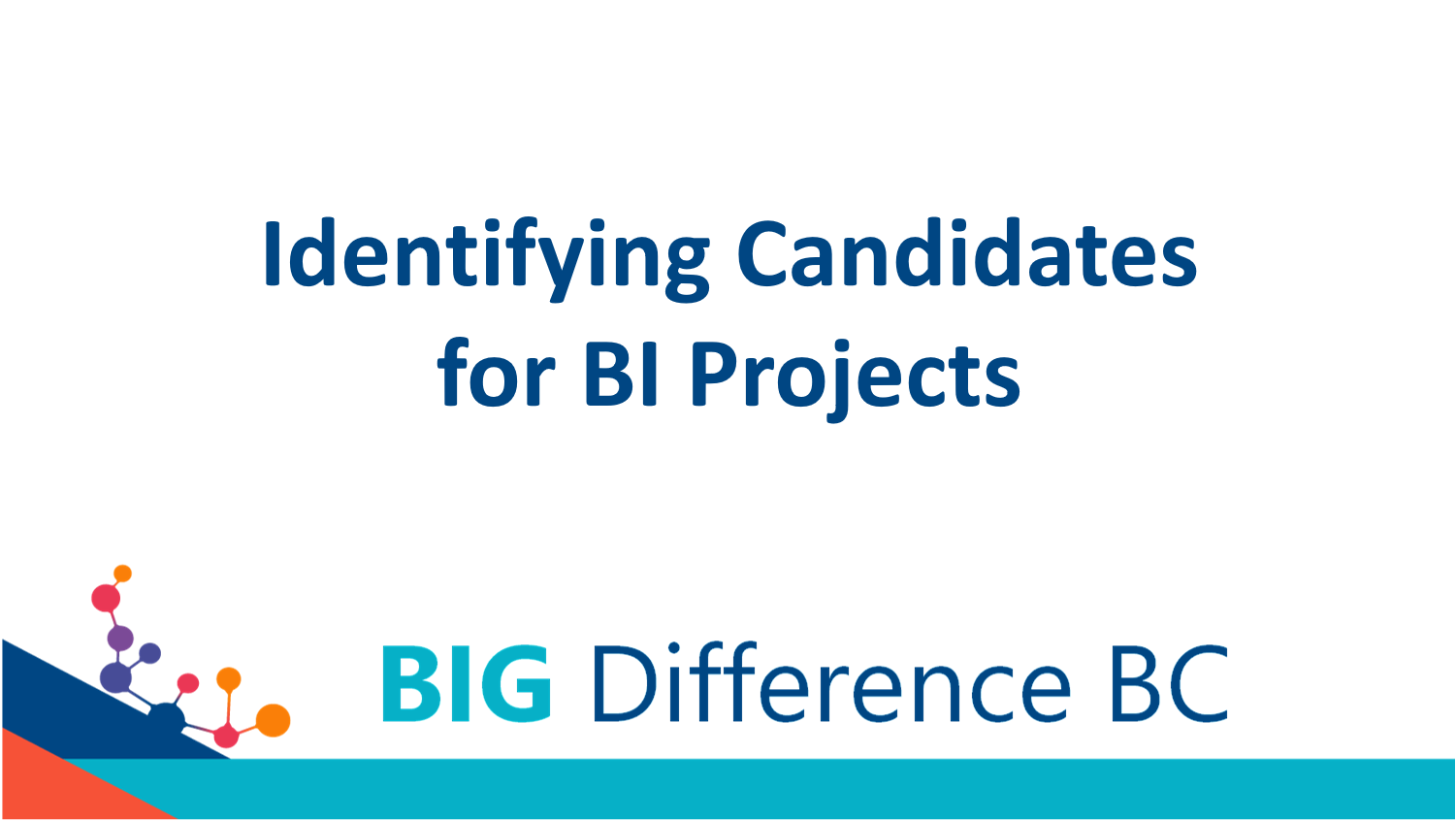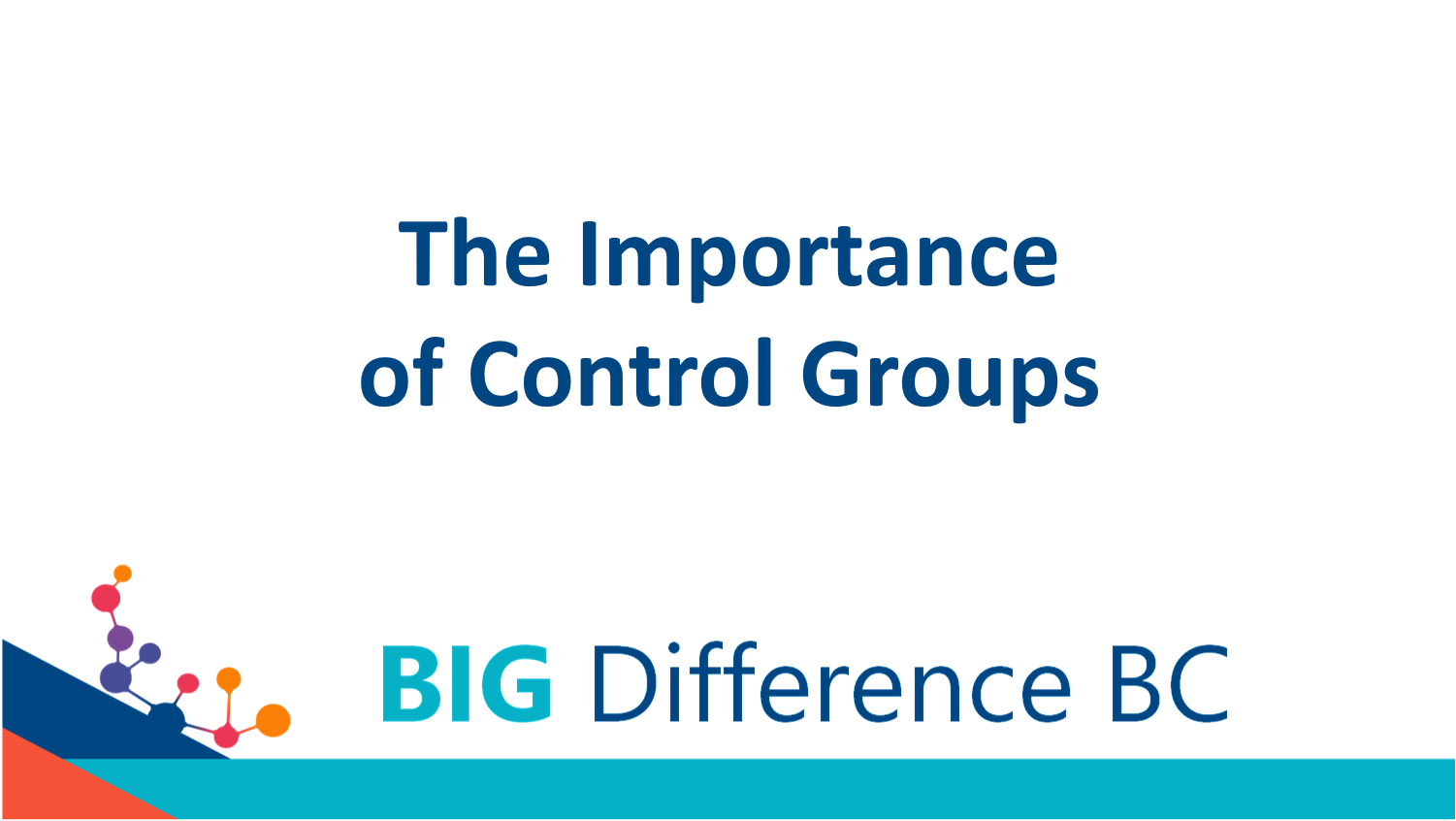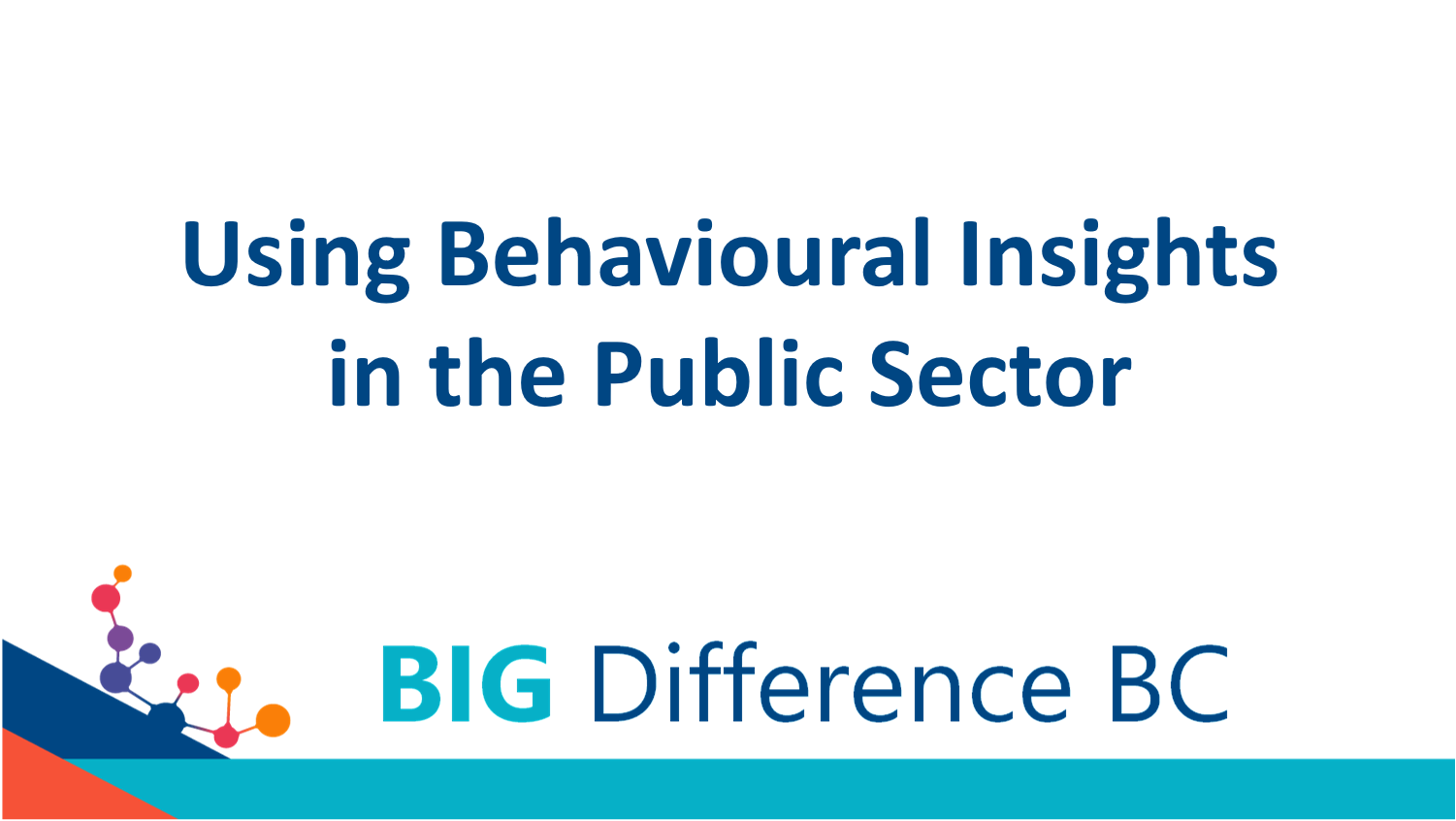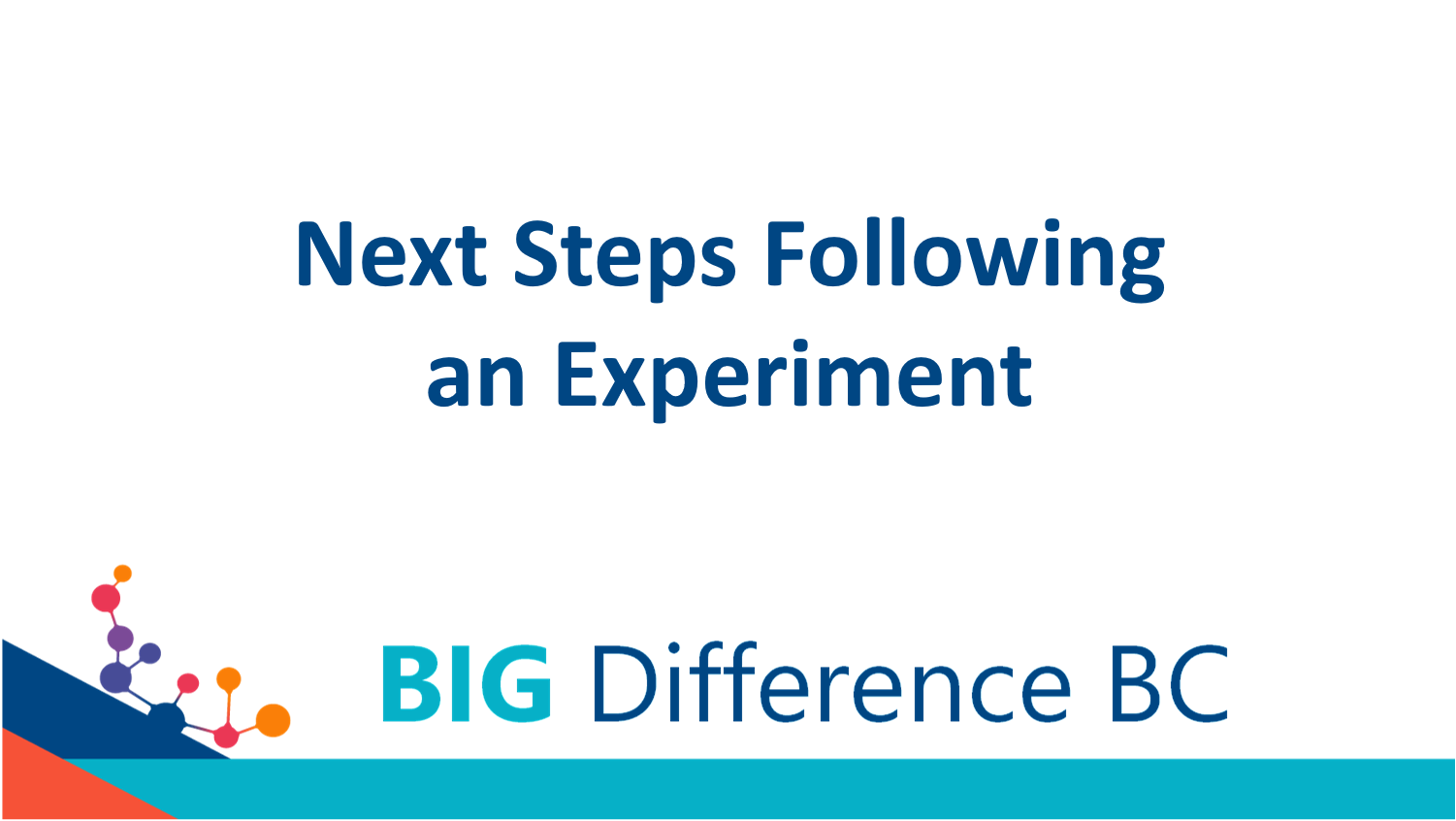What is behavioural insights?
Behavioural Insights (BI) uses lessons from the Behavioural and Decision Sciences (especially psychology and economics) to better understand how we all make decisions and to encourage (“nudge”) us to make better choices—healthier, financially sound, or more sustainable choices that are better for ourselves and for the world. BI relies on evidence-based decision-making and uses rigorous testing to trial new insights.
BI TutorialS
These short videos provide 1- to 2-minute introductions to key Behavioural Insights ideas.
A More Detailed Overview
Using a combination of social science methods, the discipline of Behavioural Insights (BI) examines how people behave and make decisions in the real world. Although most of us have good intentions – we want to eat better, save more, exercise more – we don’t always make decisions in our own best interest.
By accounting for the ways that people make decisions and behave in the real world, we can better design programs, policies, services, and products. We can use this knowledge to design and test improved approaches or new approaches that will encourage positive changes in consumers, citizens, or employees.
Richard Thaler and Cass Sunstein’s 2008 book Nudge encouraged policymakers and executives to consider making small evidence-based changes to policy and product development and design to encourage people to make choices that will increase “health, wealth, and happiness”. Importantly, these changes should be rigorously tested before being rolled out widely.
In the decade since Nudge was published, there has been a growing body of research that examines how to effectively bring about behaviour change. Simultaneously, businesses and governments around the world have started to see the potential in designing programs, policies, services, and products for how people actually behave. Integrating BI into policy and product development and design provides an alternative to complex legislation and/or costly marketing; BI changes often cost very little to test and implement, yet have large impacts.
Governments and organizations around the world are building BI capacity into their operations. At last count, there were well over 200 BI units around the world; Canada is no exception with BI units at the federal, provincial, and municipal levels of government and BI being actively used by over a dozen Crown corporations and within many leading Canadian businesses.
Adapted from Liz Hardy & Rodney Ghali’s 2019 Apolitical article:
Moving beyond nudges: What’s next for behavioural insights?

